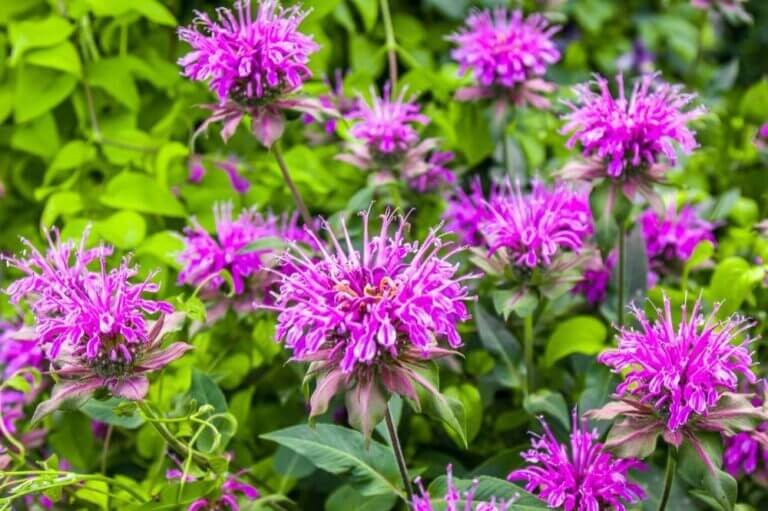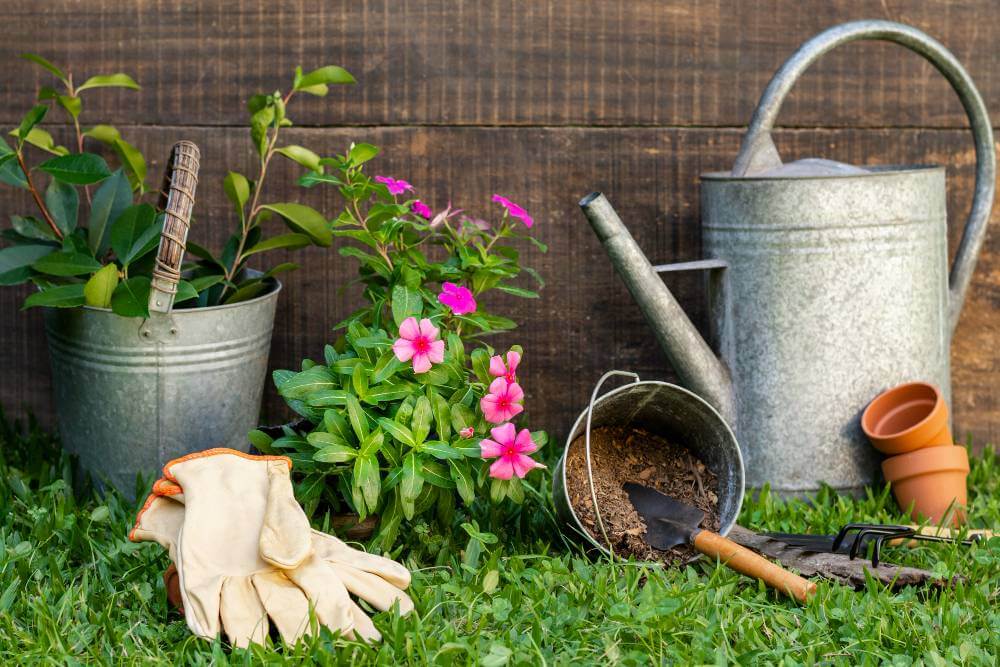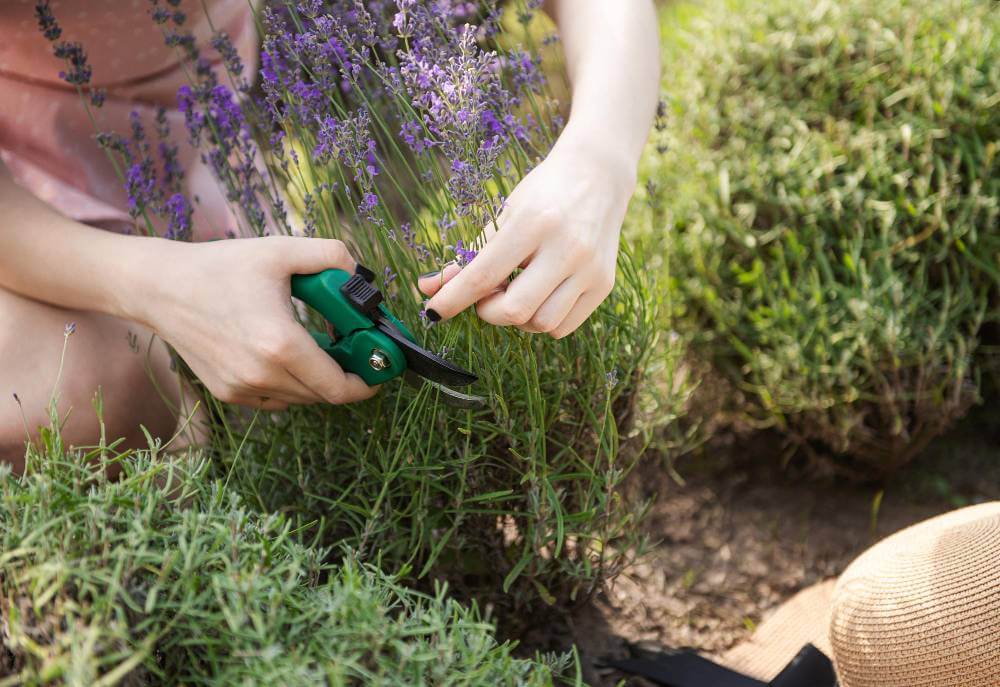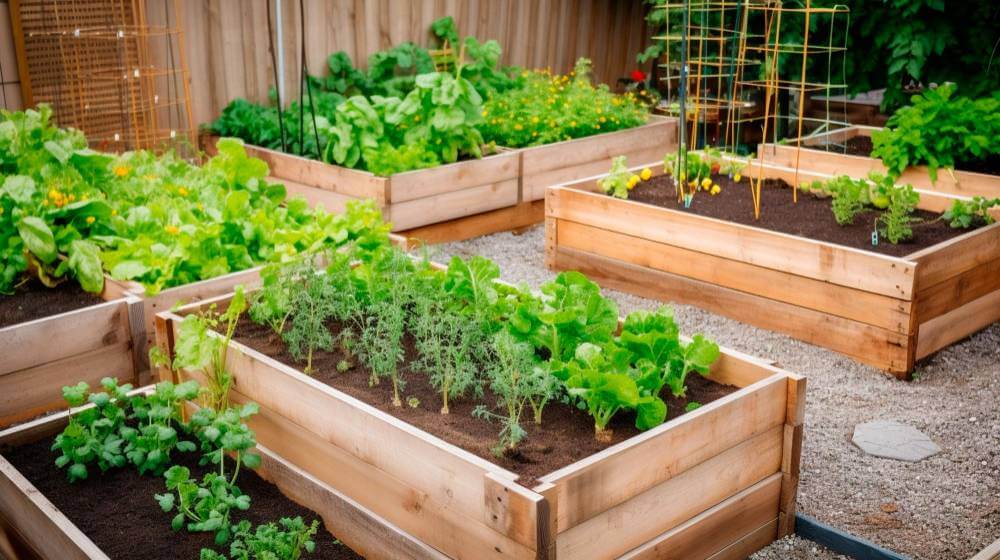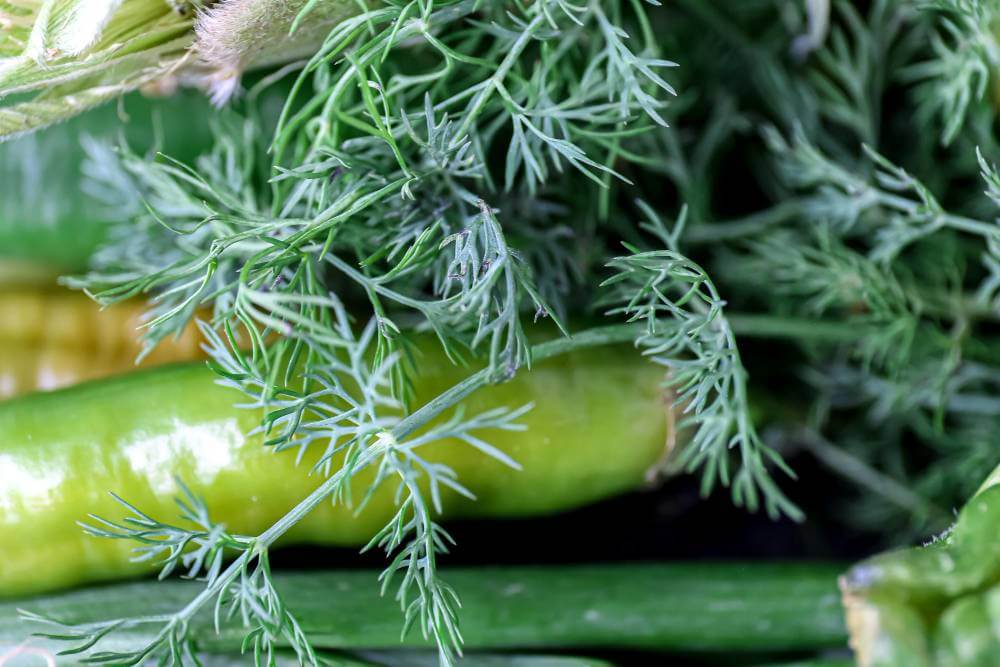Hey there, fellow gardeners! Today, I’m diving into the wonderful world of Monarda, also known as Bee Balm. Whether you’re a seasoned gardener or just starting out, Bee Balm is a fantastic addition to any garden. Join me as we explore its benefits, how to grow it, and more!
Embrace the Buzz: Discovering the Benefits and Uses of Bee Balm
Bee Balm isn’t just a pretty face in the garden; it’s a powerhouse of benefits waiting to be explored. Its vibrant flowers, ranging from fiery reds to cool purples, not only attract bees, butterflies, and hummingbirds but also offer numerous health benefits. Rich in essential oils, Bee Balm leaves can be brewed into a fragrant tea that’s not only refreshing but also boasts medicinal properties. This herbal infusion is known for its calming effects, helping to alleviate stress and promote relaxation.
Moreover, Bee Balm is packed with vitamins such as vitamin C and vitamin A, as well as antioxidants like thymol and carvacrol, which contribute to its immune-boosting properties.
Beyond its health benefits, Bee Balm is a versatile herb used in culinary creations, imparting a citrusy, minty flavor to salads, sauces, and even desserts. Its aromatic foliage also makes it a popular choice for potpourris and herbal sachets, adding a delightful scent to any room.
Beyond Red and Purple: Exploring the Diverse Varieties of Monarda
The world of Monarda is a colorful one, offering a spectrum of hues to suit any garden palette. Varieties like ‘Jacob Cline’ boast striking red blooms that command attention, while ‘Purple Rooster’ flaunts deep purple petals that add a touch of elegance. Each variety brings its own unique charm and resilience, ensuring there’s a Bee Balm for every gardener’s aesthetic and practical needs.
Perennial Pleasure: Understanding Bee Balm’s Long-lasting Beauty
One of the standout features of Bee Balm is its perennial nature. Once established, it returns year after year, gracing your garden with its vibrant blooms and aromatic foliage. This reliability makes it a favorite among gardeners looking for low-maintenance yet high-impact plants that thrive with minimal fuss.
Timing is Everything: Choosing the Perfect Planting Season for Bee Balm
Springtime is the optimal season to plant Bee Balm, giving it ample opportunity to establish strong roots before the heat of summer sets in. However, if you miss the spring window, early fall planting also yields excellent results, ensuring robust growth and abundant blooms the following year.
Whichever season you choose, ensure the soil is well-drained and enriched with compost to provide a fertile foundation for your Bee Balm to flourish.
Sun-kissed Splendor: Bee Balm’s Preferences for Sun and Shade
Bee Balm thrives in environments that receive full sun to partial shade, making it adaptable to various garden conditions. Aim for at least six hours of sunlight daily to encourage optimal growth and blooming. In hotter climates, providing some afternoon shade can help prevent stress on the plant and prolong the beauty of its blooms throughout the season.
Winter Warmth: Essential Care Tips to Protect Your Bee Balm
As the chill of winter approaches, Bee Balm benefits from a little extra care to ensure its vigor in the coming seasons. Apply a layer of mulch around the base of the plant to insulate roots from freezing temperatures and minimize moisture loss. In colder regions, consider cutting back stems to a few inches above the ground after the first frost to promote healthier regrowth come springtime.
From Seed to Splendor: Nurturing Bee Balm from Seeds and Seedlings
While starting Bee Balm from seeds offers the satisfaction of growing from scratch, it requires patience and careful attention to germination conditions. For quicker results and a more predictable outcome, opt for seedlings or divisions from established plants. Plant seedlings in well-prepared soil, spaced about 18 inches apart to allow for adequate air circulation and future growth. Whether from seed or seedling, proper planting and care will ensure a bountiful display of Bee Balm’s beauty in your garden.
Grow Anywhere: Indoors or Outdoors?
Bee Balm, whether grown indoors or outdoors, thrives with sufficient sunlight. Indoors, place pots near a south-facing window where it can receive at least 6 hours of sunlight daily. Supplemental grow lights can extend the growing season and ensure robust growth. Outdoors, select a site with well-drained soil and full sun to partial shade. In hotter climates, some afternoon shade can protect plants from scorching heat, while cooler regions benefit from maximum sunlight exposure.
Soil Secrets: Best Soil for Growing Bee Balm
The ideal soil for Bee Balm is well-drained and loamy. Ensure the soil is enriched with organic matter like compost to retain moisture and provide essential nutrients. Sandy soils should be amended to improve drainage, while heavy clay soils benefit from added perlite or sand to enhance aeration. Mulching around plants helps maintain soil moisture and suppresses weed growth, promoting healthy root development and robust flowering.
Pot Perfect: Instructions for Growing Bee Balm in a Pot
Growing Bee Balm in containers is ideal for gardeners with limited space or who want to control soil conditions more precisely. Choose a pot with drainage holes and fill it with a well-draining potting mix. Plant Bee Balm at the same depth it was in its nursery container, ensuring the roots are covered but not buried too deeply. Place the pot in a location that receives at least 6 hours of sunlight daily. Water regularly to keep the soil evenly moist but avoid overwatering to prevent root rot. Fertilize monthly during the growing season with a balanced liquid fertilizer to encourage continuous blooms.
Hydroponic Haven: Cultivating Bee Balm Hydroponically
Hydroponic cultivation offers a controlled environment where Bee Balm thrives without soil. Use a hydroponic system with a nutrient-rich solution tailored for herbs. Plant Bee Balm seedlings or cuttings in net pots filled with a growing medium like perlite or coconut coir. Ensure roots are submerged in the nutrient solution, which should be aerated to prevent stagnation and promote healthy growth.
Provide adequate lighting, such as LED grow lights, for 12 to 16 hours daily to simulate sunlight. Monitor pH and nutrient levels regularly to maintain optimal conditions for vigorous growth and abundant flowering.
Thirsty Thrive: Watering Instructions for Bee Balm
Bee Balm prefers consistently moist soil but not waterlogged conditions. Water deeply once or twice a week, depending on weather conditions and soil moisture levels. During hot, dry spells, increase watering frequency to prevent the soil from drying out completely. Avoid overhead watering, as wet foliage can promote fungal diseases like powdery mildew. Water at the base of the plant to ensure roots receive moisture directly where it’s needed. Mulching around plants helps retain soil moisture and reduces the frequency of watering, especially during periods of drought.
Companions in Growth: Companion Planting with Bee Balm
Bee Balm excels as a companion plant in the garden, benefiting nearby herbs, flowers, and vegetables. Its aromatic foliage repels pests such as mosquitoes and attracts beneficial insects like bees, butterflies, and hoverflies. Plant Bee Balm near herbs like basil and oregano to enhance their essential oils and flavors. In vegetable gardens, it complements tomatoes and peppers by improving overall plant health and deterring pests.
Planting Foes: Plants to Avoid Near Bee Balm
While Bee Balm is a beneficial addition to most gardens, avoid planting it near crops prone to fungal diseases like powdery mildew. Plants such as cucumbers, squash, and melons are particularly susceptible and may suffer from fungal infections that can spread to nearby Bee Balm. Maintaining good air circulation and proper spacing between plants can help reduce the risk of disease transmission in the garden.
Pollinator Paradise: Bee Balm’s Attraction to Pollinators
Bee Balm’s showy flowers, rich in nectar and pollen, attract a wide array of pollinators essential for garden health and biodiversity. Bees, butterflies, and hummingbirds are drawn to its vibrant blooms, ensuring reliable pollination for nearby crops and promoting fruit set in vegetables. By planting Bee Balm in your garden, you not only beautify your landscape but also support pollinator populations crucial for food production and ecosystem sustainability.
Trim and Tidy: Pruning Instructions for Bee Balm
Pruning Bee Balm helps maintain plant vigor, improve air circulation, and prolong blooming throughout the season. Deadhead spent flowers regularly to encourage continuous blooming and prevent self-seeding, which can lead to overcrowding. In early spring, trim back stems to remove any winter damage and promote new growth from the base of the plant. Thin out crowded growth to improve light penetration and reduce the risk of disease, such as powdery mildew, which thrives in dense foliage.
Pest Patrol: Pest Treatment for Bee Balm
Monitor Bee Balm for common pests like spider mites, aphids, and powdery mildew, especially during warm, dry weather. Inspect plants regularly and remove affected leaves or stems to prevent pests from spreading. Use a strong spray of water to dislodge pests from plant surfaces or treat infestations with insecticidal soap, following manufacturer instructions. Neem oil is also effective against pests while minimizing harm to beneficial insects like bees and butterflies. Maintaining overall plant health through proper watering, pruning, and companion planting reduces the likelihood of pest problems in the garden.
Conclusion
And there you have it – your comprehensive guide to mastering Monarda and cultivating Bee Balm like a seasoned gardener! Whether you’re drawn to its vibrant blooms, medicinal uses, or ecological benefits, Bee Balm is a must-have for any garden looking to attract pollinators and add a splash of color. Get planting and enjoy the beauty and rewards this versatile herb brings year after year.
Enjoyed diving into the world of Bee Balm? Explore more gardening tips and herb profiles on my blog to cultivate your green garden. Happy gardening!

